The beginning of the journey was all about finding a rhythm—working out what fit, what didn’t, and savoring the small challenges and victories of life on two wheels. I had only decided to set off a couple of weeks earlier, relying mostly on gear from an old bikepacking trip in Finland. Much of it was improvised, but as long as I kept moving north, I was content.
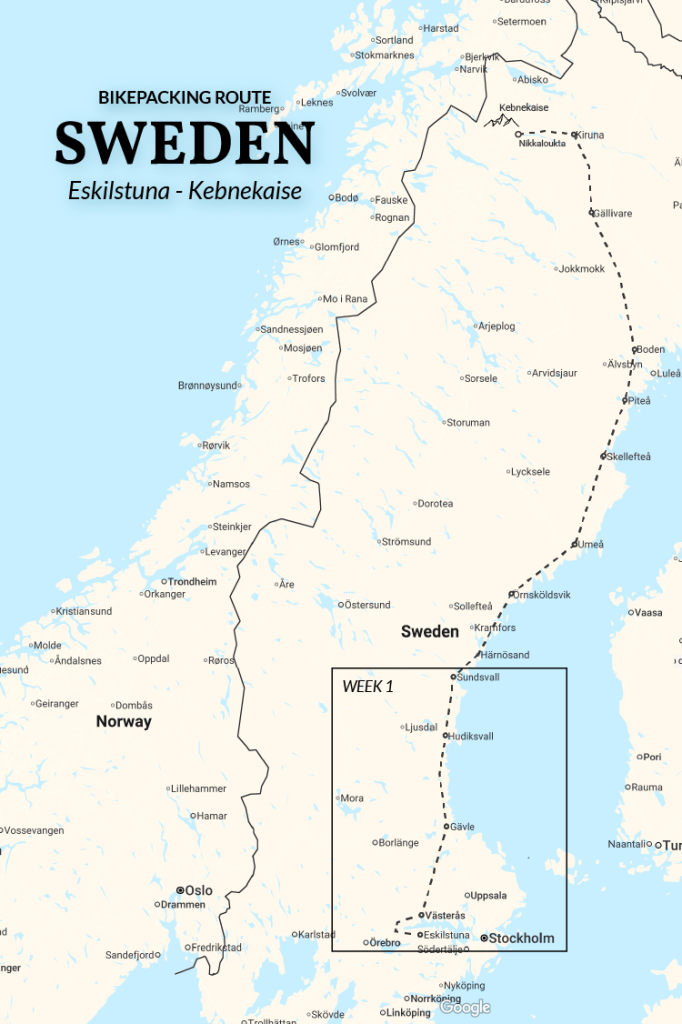
Part of the urgency came down to timing. I set out at the end of July, knowing that by mid-September climbing Kebnekaise would be far tougher, with colder, wetter weather rolling in. My plan was to reach the mountain at the beginning of September, which gave me just two weeks to prepare and three weeks to cycle 1,500 kilometers from Eskilstuna to Nikkaluokta. From there, it would be a trek to the mountain’s base, and finally, the push for the summit.
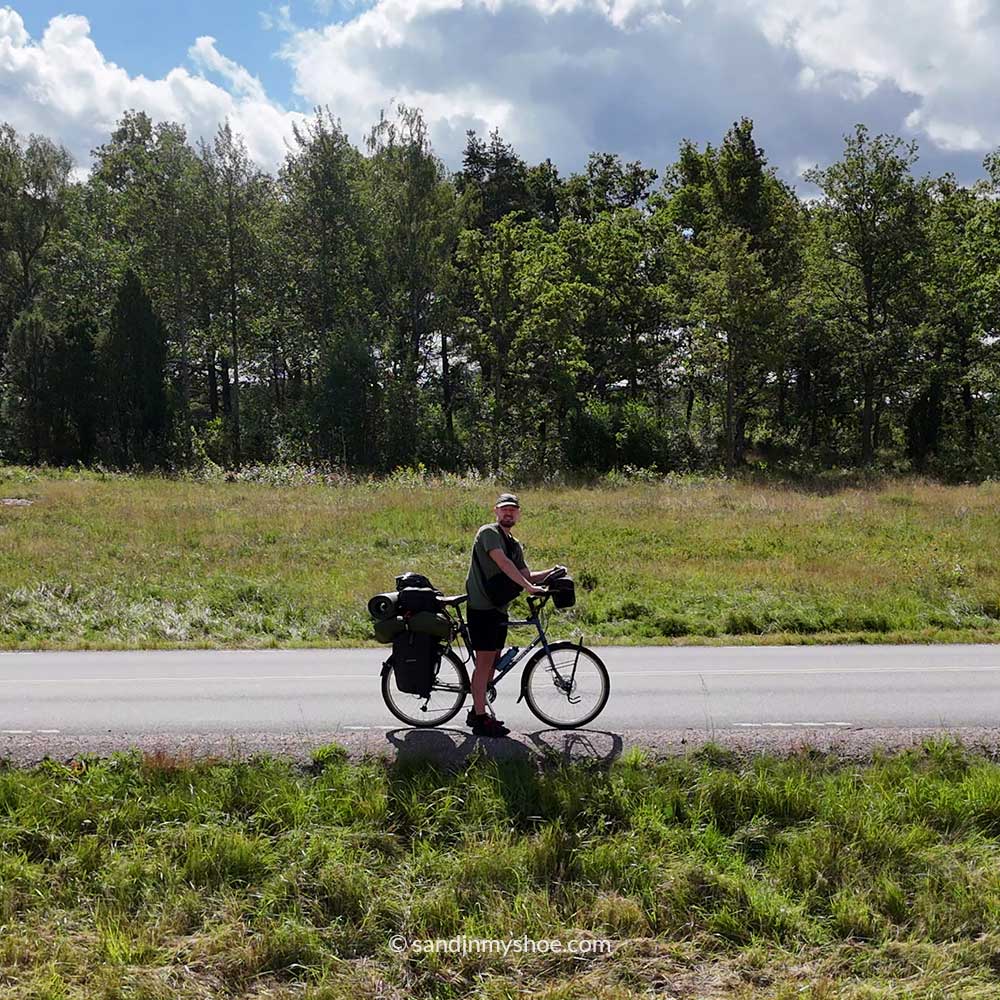
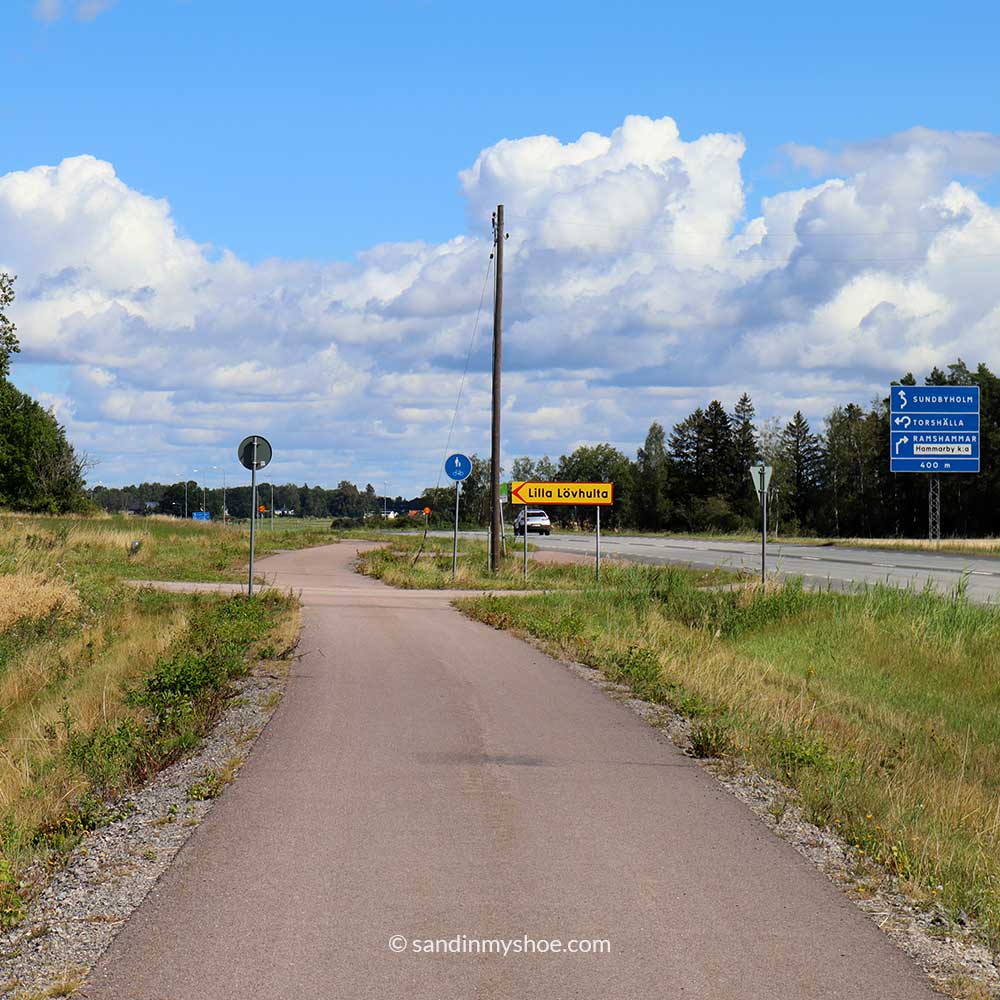
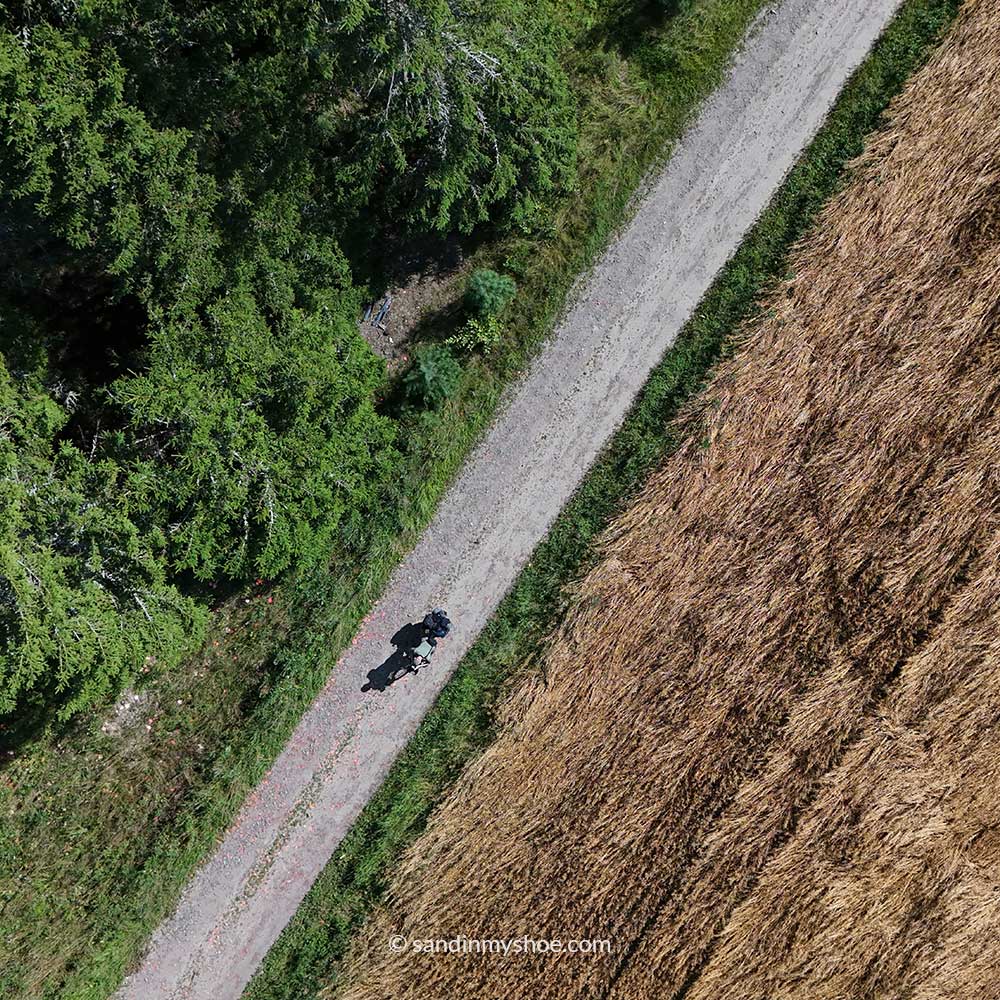
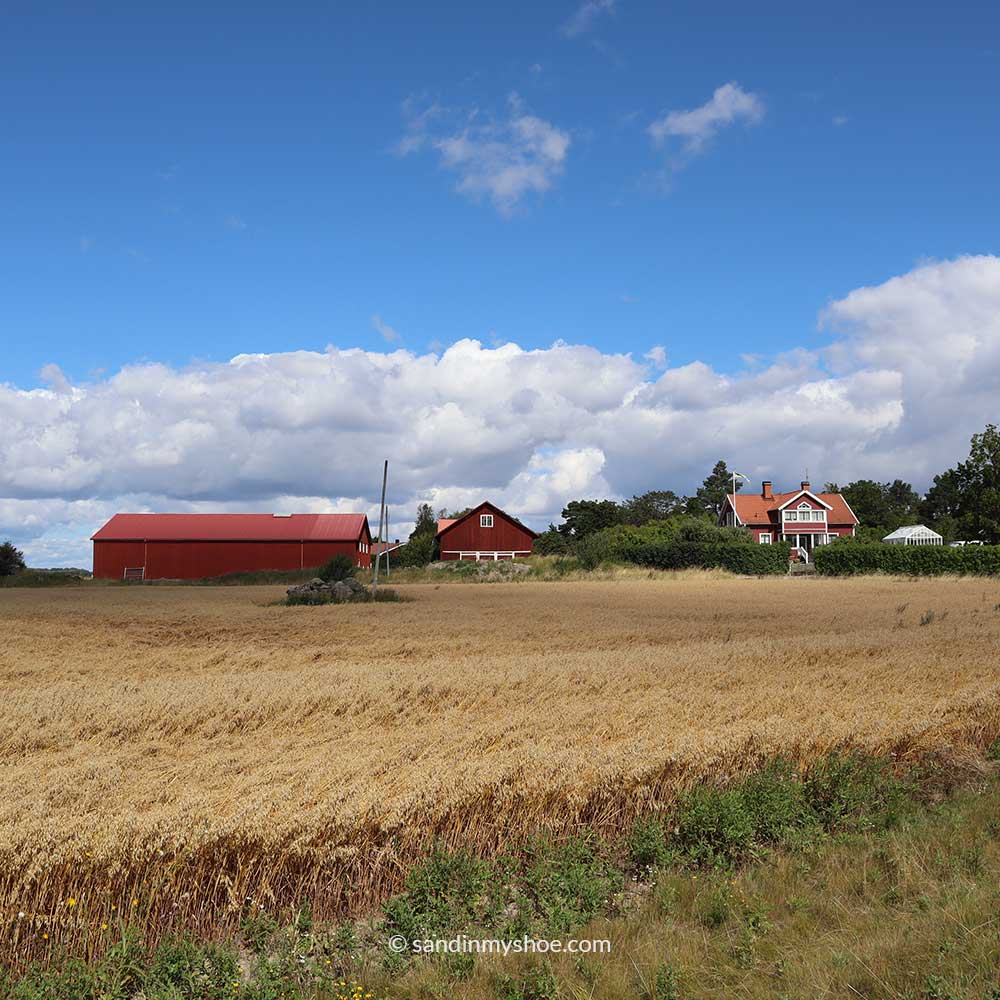
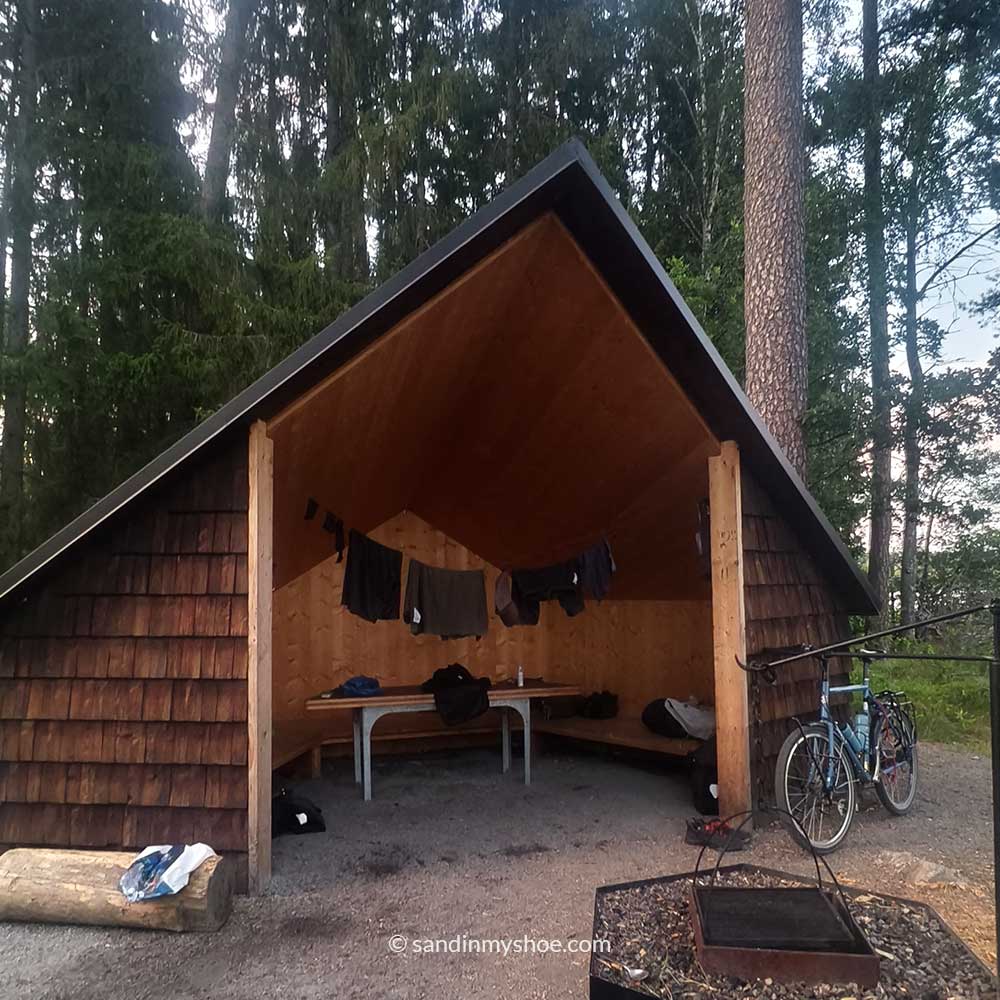
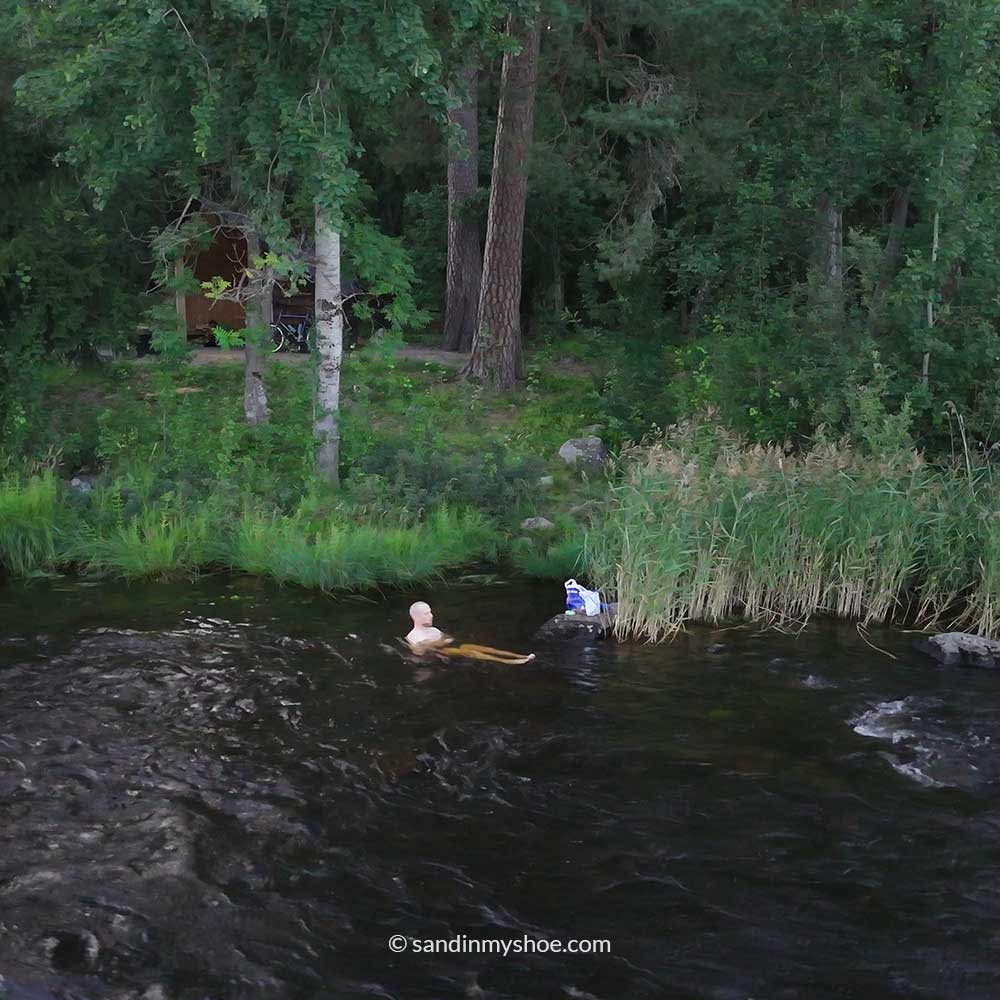

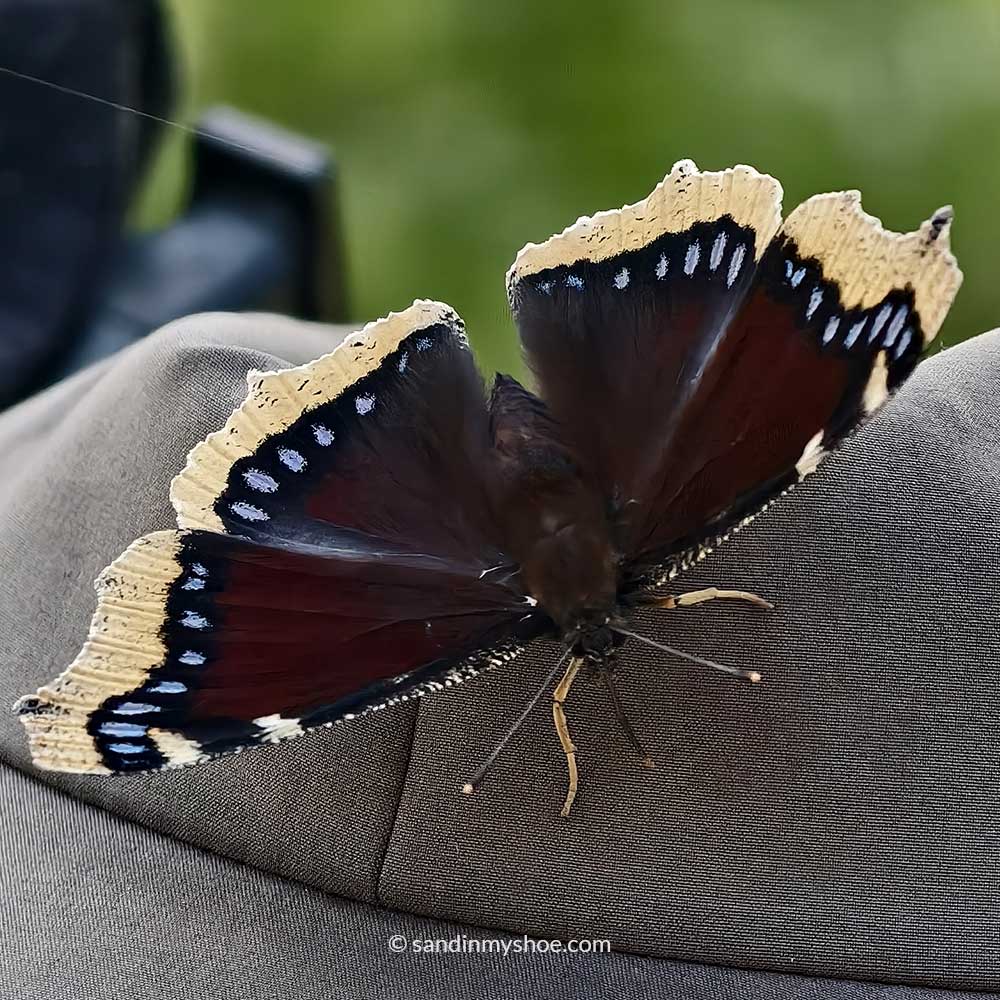
First Pedals and Early Lessons
The next morning, my legs ached, but the pain was manageable. I had slept barely two hours, yet with the pressure on my legs gone, I felt optimistic. Coffee in hand, gear packed, I was ready to roll. The first kilometers were brutal, legs stiff and complaining with each stroke. Yet as the road stretched out and the sun lifted my spirits, I felt the ride come alive again.
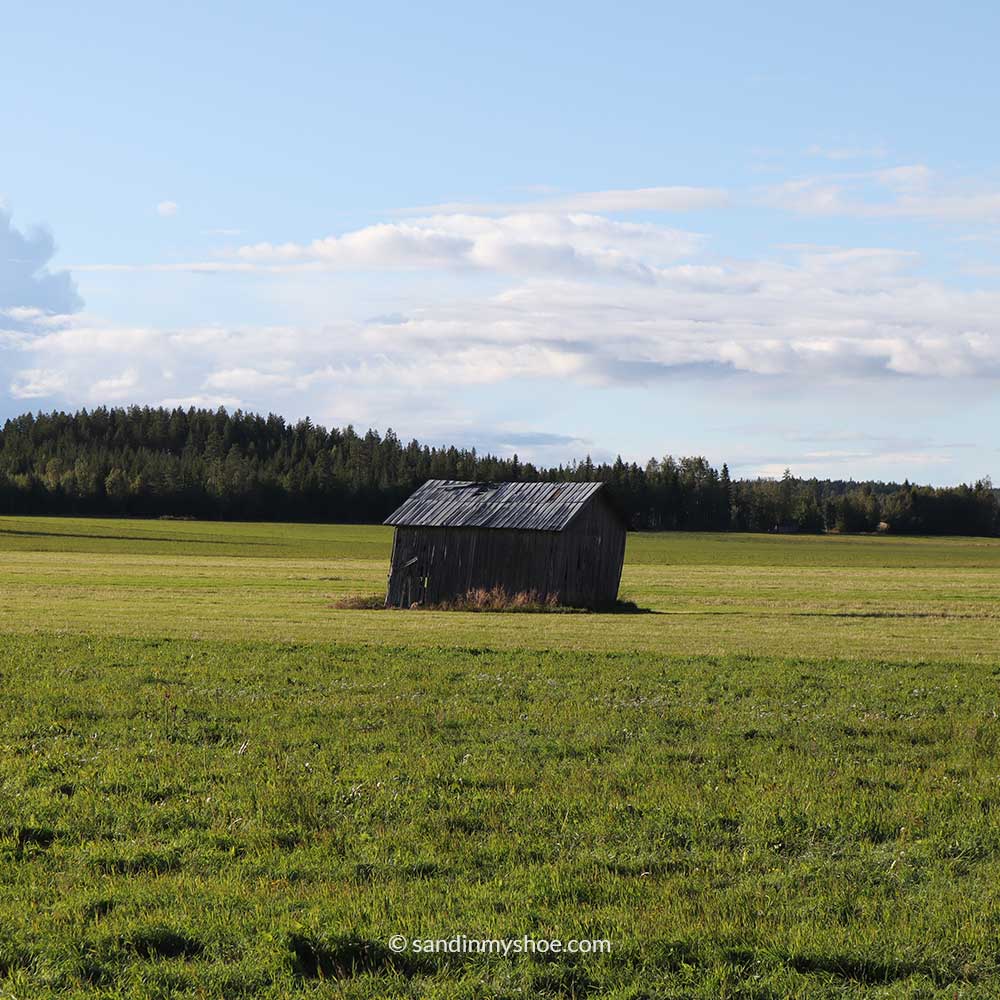
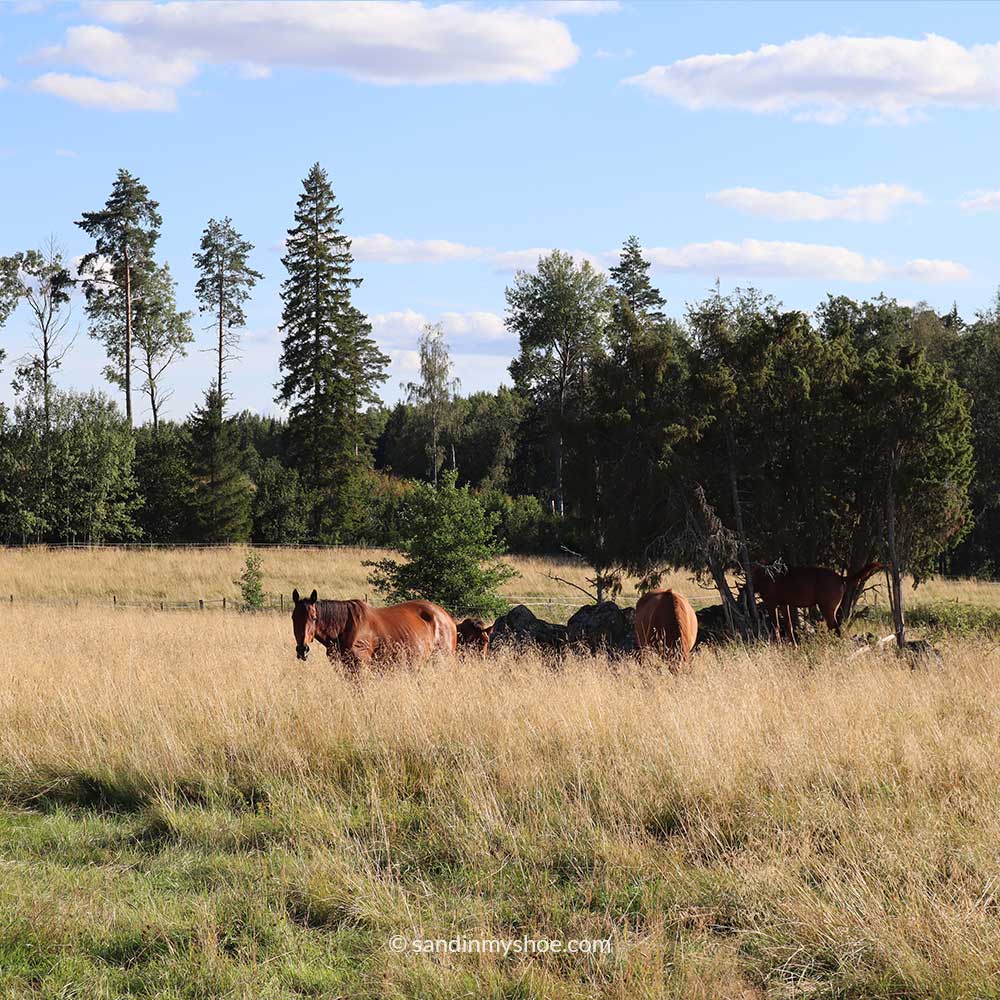
I discovered that simple meals were essential, and that I had to eat far more than usual—likely 4,000 to 5,000 calories a day, about the same as a small couple with a newborn. Most days, I cooked on my camping kitchen, but I also relied on the most sensible trick I could think of: eating candy every day to make up the calories. Skipping a snack wasn’t just hunger—it left me irritable and sluggish, slowing down every pedal stroke.
I was also learning the art of camping on the fly. Thanks to Sweden’s “Right to Public Access,” I could pitch my tent almost anywhere, but finding a good spot took patience. My options ranged from quiet beaches and hidden forest clearings to jogging paths and even a football field in a small town. The trick was balancing seclusion with practicality—flat ground, sense of safety, and access to a river or lake.
Bathing in rivers and lakes became part of the routine. Scrubbing sweat and grime from hours in the saddle in cold water was sometimes shocking, but always refreshing. Clean clothes and icy water against tired muscles felt like a reward earned, a small triumph in the middle of long days.
By the end of the day, every pedal, every meal, and every tent setup felt like part of a growing rhythm. I was beginning to understand what long-distance travel demanded: not just endurance, but observation, improvisation, and a willingness to adapt.
Life on the Road
Mornings were slow and deliberate: two cups of coffee, a simple breakfast of bread with cheese spread, and scavenged candy from the day before. Packing up and hitting the road usually took an hour and a half—a ritual marking the start of each new stretch.
Most days I covered 60–90 kilometers, broken up by short coffee breaks and late lunches around 3 or 4 p.m. Evenings were for pitching the tent beside lakes, rivers, in wind shelters, or hidden forest clearings.
Roads varied dramatically. Much of the time, I rode smaller car roads flanked by yellowish wheat fields stretching to the horizon, dotted with occasional farmhouses. The air smelled of late summer hay and earth, and the quiet hum of tires on asphalt became a strangely comforting rhythm. Other times, I slipped into dense forests, following car roads from a forgotten past—narrow tracks of packed dirt and loose gravel, worn by time and barely touched by traffic. Roots and rocks jutted from the ground, demanding careful balance with every pedal stroke. Sunlight filtered through the canopy, lighting up moss and ferns as if the forest itself was guiding me forward.
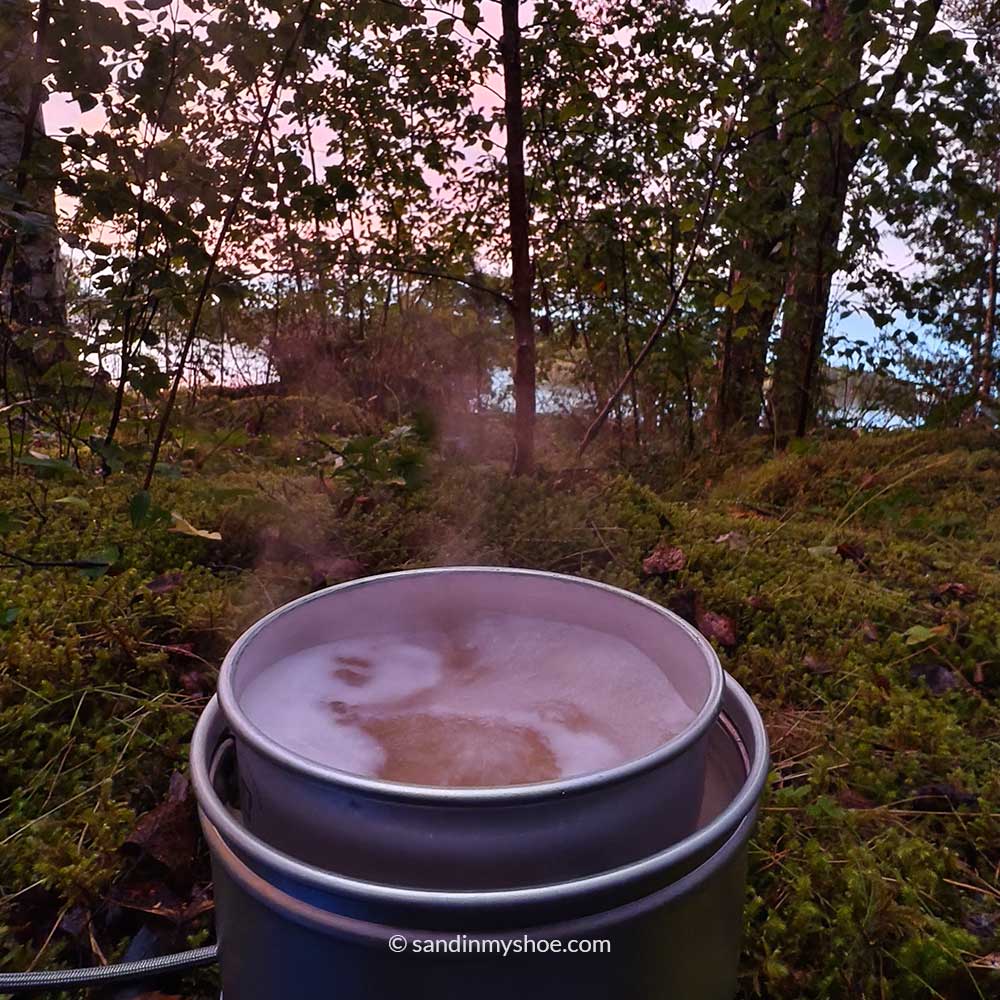
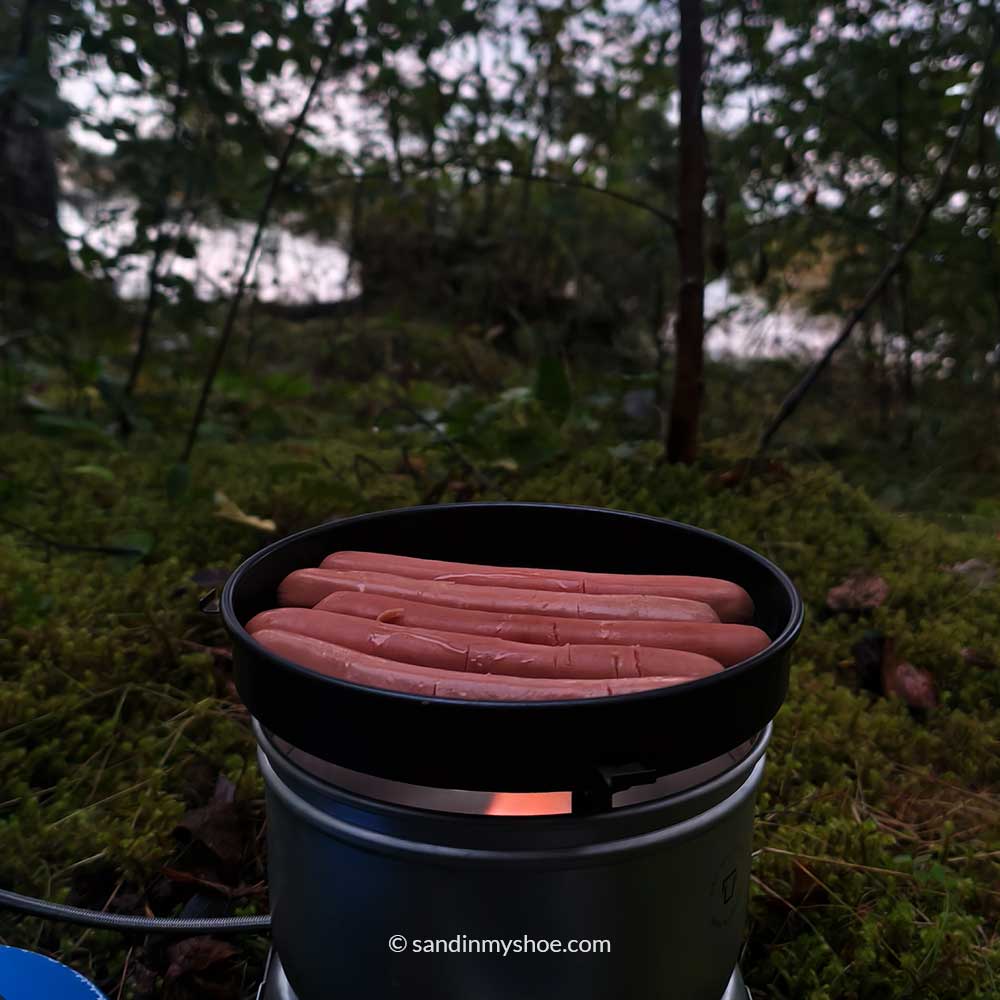
Food was simple but effective. Using my camping kitchen, I cooked mostly macaroni with eggs, macaroni with sausage, macaroni with fish—or sometimes just macaroni with macaroni—whatever kept me moving. Snacks were mandatory: candy, cookies, coconut chocolate balls, and anything else I could carry. On day five, after a long stretch of relentless rain and wind, I treated myself to a calzone at a roadside pizzeria. Even so, with my calorie needs, I was still hungry and ended up cooking that night as well.
Sometimes, when I stopped at grocery, people would strike up conversations. They’d ask where I was headed, often assuming I was a foreigner—few Swedes seem to bike-pack across their own country. Many were visibly overwhelmed when they heard my route. One person even asked, laughing, if I had moved out of my home when he saw my heavy packing. After waiting him to finish laughing on his own joke, I explained that I was cycling through Sweden to see for myself what draws Germans, French, and Brits here: the lakes, forests, and the raw beauty of the landscape.
When my phone or camera ran low on charge, McDonald’s became a makeshift charging station. I’d sit among teenagers and families, sticky from sweat and probably smelling a bit, eating slowly while electronics powered up.
My bike was quite heavy since the frame was made of steel, and my gear a little outdated: a Finnish tent from the ’90s (still working perfectly) and a sleeping bag I remember sleeping in about twenty years ago. The equipment wasn’t new and ultralight, but that wasn’t the goal. It was solid enough for the journey. Still, headwinds and uphill climbs made me feel like a minivan on two wheels—clunky, back-heavy, and stubborn.
Yet every pedal stroke, every meal, and every tent setup carried me forward. Slowly but surely, I was moving closer to my goal.
Challenges and Small Victories
Not every day was easy. Roads could be rough, rain and wind relentless, and my leg muscles aching in ways I hadn’t known possible. On the last day of the week, I finally reached Sundsvall after 60 kilometers of pedaling that took nine hours. At an average speed of just 6.5 km per hour, it felt like an eternity.
Much of the day involved pushing the bike up hills and over rocky forest roads that made cycling a constant battle. Yet reaching the city felt like a major victory—a reminder that perseverance pays off, even when progress is slow.
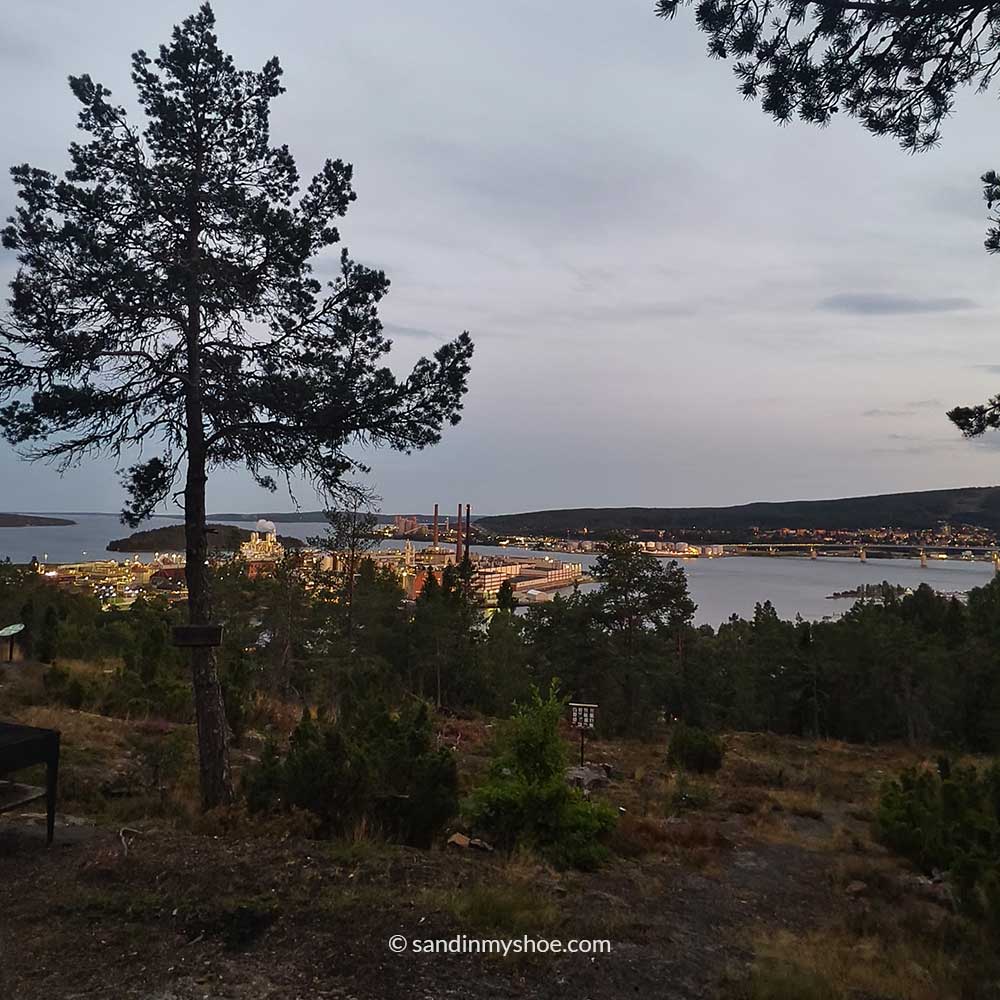
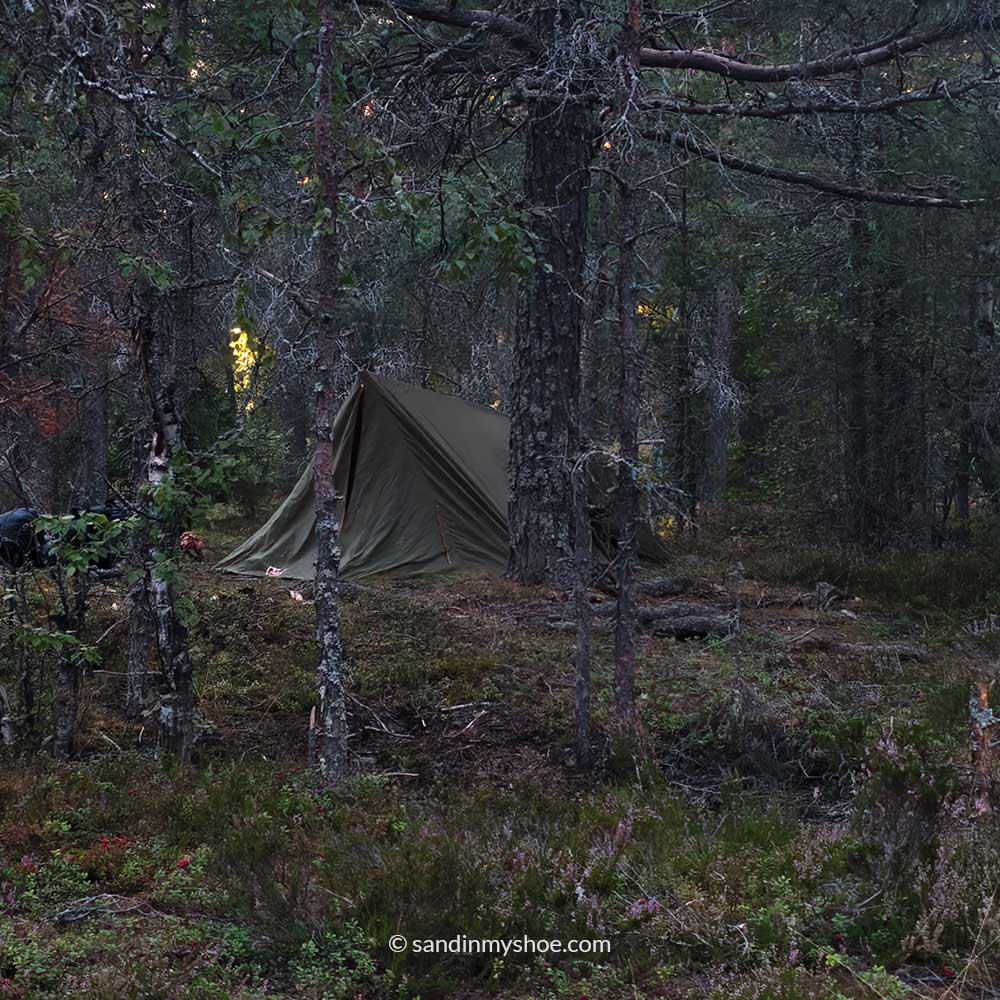
Before the sun set that day, I had found the perfect spot for my tent. It was on the highest peak in Sunsvall—offering me a full view of the city.
Reflections on Week 1
By the end of the first week, I had covered 430 kilometers. I’d already faced moments that tested my patience and determination. But I also felt a sense of rhythm and confidence: I had learned the cadence of long-distance cycling and found joy in the simple, repetitive motion of pedaling north.
Life on the road was easier when I focused on the essentials: finding a good tent spot, keeping the bike moving, and cooking simple meals on my camping kitchen. Small victories—bathing in the river, clean clothes, a well-cooked cooked meal, or a quiet lakeside camp—balanced the challenges, reminding me why I was here.
Continue Reading
The second week promised longer days, riding on the highway, eating a pizza crowned as one of the worst in the world and the endless northern landscapes of Sweden.

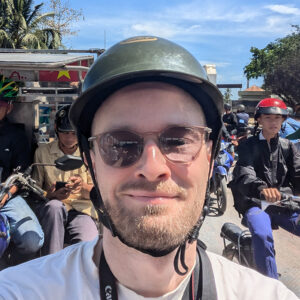
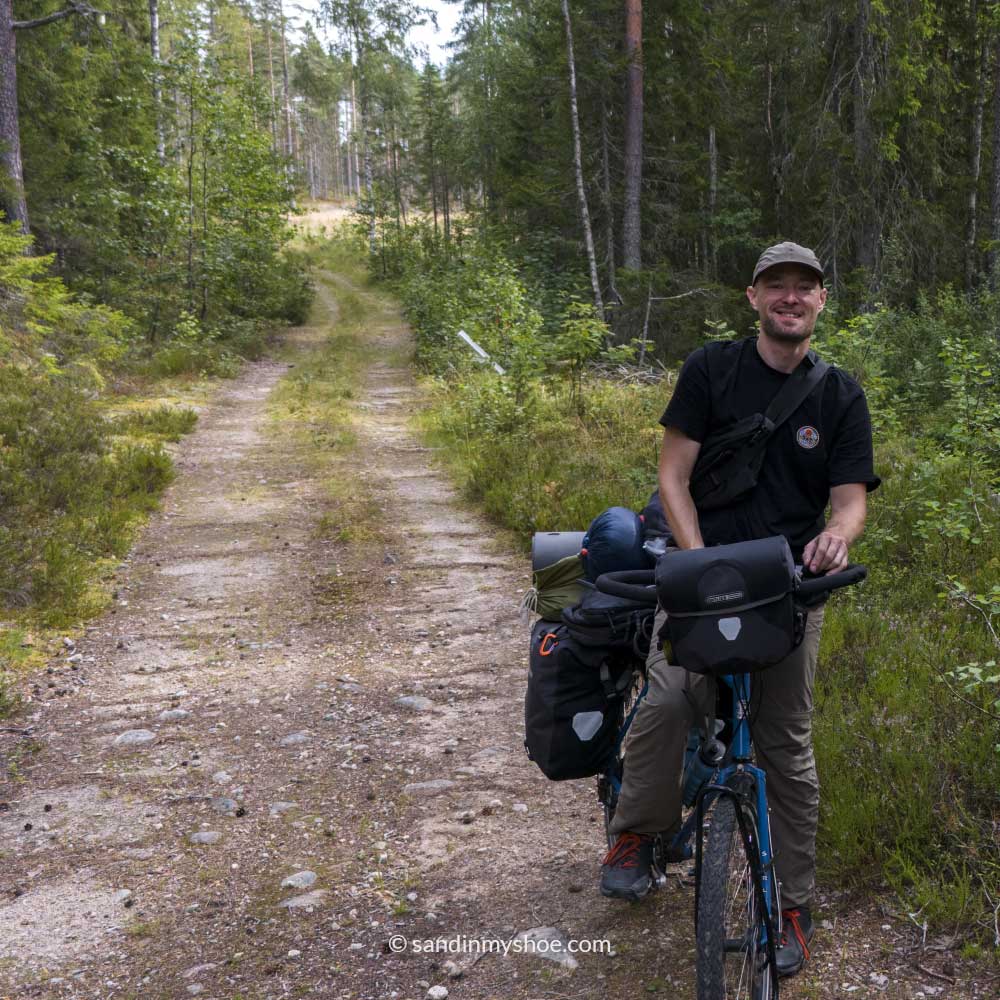

Hyvin kirjoitettu 👍